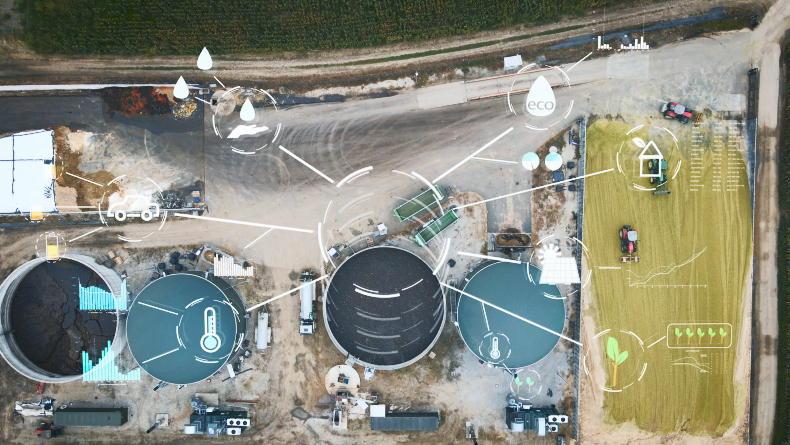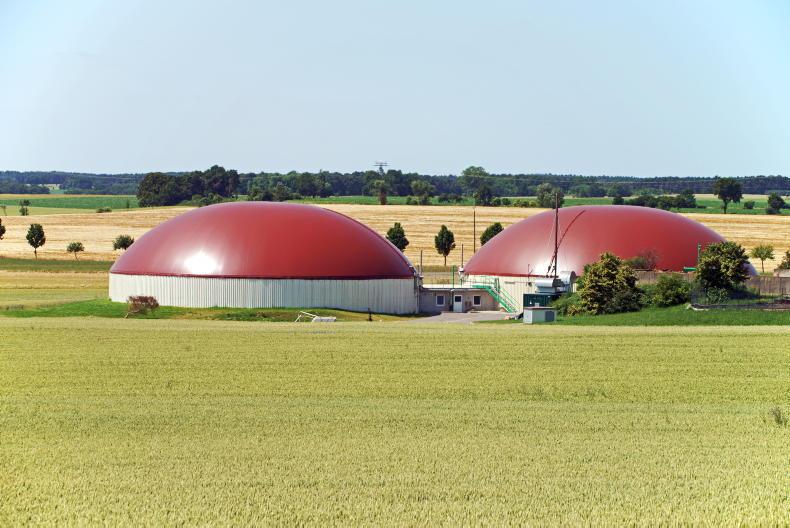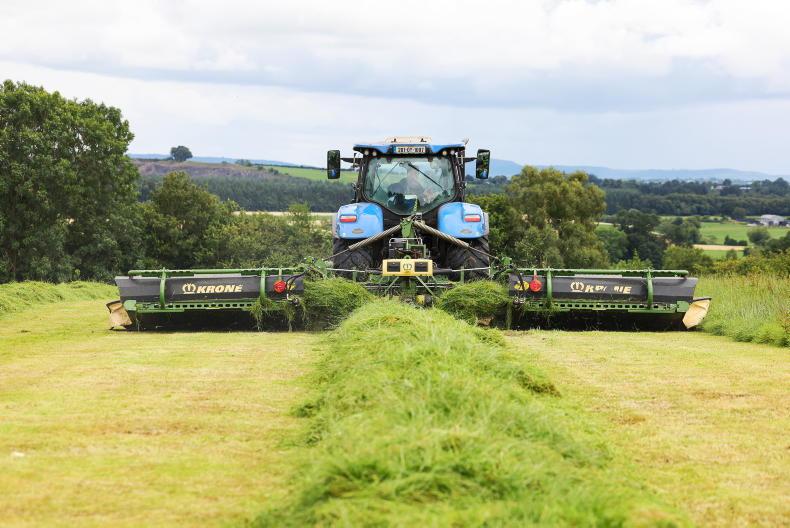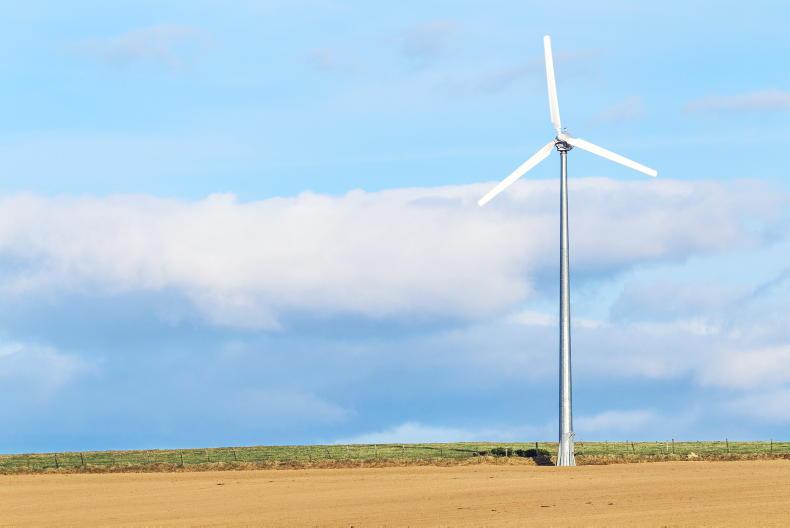The main item on the agenda of the Irish BioEnergy Association (IrBEA) national bioenergy conference held earlier this month was the Government’s proposed introduction of a renewable heat incentive (RHI) scheme.
“This very welcome development can be the key to unlocking the potential of bioenergy in Ireland,” said IrBEA director Padraic O’Neill. He maintained that lower fossil fuel prices and the absence of an RHI scheme are the main reasons why investment in bioenergy has been static over the past five years.
“The key factors impeding market growth are unattractive project investment economics and the lack of an appropriate subsidy to offset the initial higher capital investment and lower fossil fuel costs in the short to medium term,” he said.
The conference held an open forum on proposals for the IrBEA submission on the best design options for a new RHI scheme for Ireland. The submission will be made to the Department of Communications, Climate Action and Environment (DCCAE) next week.
The long-overdue RHI scheme and many of the other challenges outlined by Padraic O’Neill have been debated over the past 16 IrBEA annual conferences, but this time many in the 190-strong audience believed that an RHI scheme is imminent.
Prof David Connolly, Aalborg University, Copenhagen, provided an overview of the bioenergy market globally. Prof Connolly is well positioned to discuss the future of the sector, as Denmark aims to be a total green energy economy by 2050.
However, Denmark relies on imported biomass to grow its bioenergy market, which forms 53% of the country’s total renewable energy programme, marginally ahead of wind energy.
Supply of raw material will be a challenge, he maintained. “We need all the bioenergy available to make the transition to a fossil fuel-free future and district heating will be a key factor in this transition,” he said.
With Ireland’s timber supply forecast to steadily increase from 4.19m to 8.2m cubic metres by 2035, log availability to supply viable wood processing and wood energy sectors shouldn’t be a problem.
However, Coillte chief executive officer Fergal Leamy is not so sure. Conscious of the timber demand for wood processing including three board mills – two owned by Coillte – he urged caution.
“It is important that the RHI [scheme]supports steady growth in the demand for fibre that is aligned with the expected increase in fibre supply,” he said.
He explained that fibre suitable for bioenergy comes in many forms, including sawmill co-products, small logs, energy crops and brash.
“Looking at the wider market, there is a lot of competing demand for these sources of fibre, including demand from our board mills, from the firewood and bedding markets and from co-firing at the Edenderry power generation plant,” he said.
“Maintaining market stability while encouraging uptake in renewable heat must be carefully balanced to allow domestic fibre supply to grow in line with the expected increase in energy demands.”
Currently, Ireland has an overall renewable market share of 9.1% , with a target of 16% set for 2020. Most speakers and conference delegates believed that Ireland will fall well short of delivering its renewable energy target.
Programme manager of low carbon technologies at SEAI Matthew Clancy acknowledged that achieving the target “will be challenging”.
He outlined the benefits of a bioenergy programme in achieving the Government target. The renewable heat programme alone would displace fossil fuels, “providing a cheaper bioenergy source, saving the economy €150m annually and creating an additional 2,500 jobs”, he claimed.
“Using local biomass supply can add another 3,000 jobs.”
Delegates at the conference urged the Government to take the submissions on board as quickly as possible and introduce an RHI scheme this year.
Even with a speedy introduction, most delegates felt that it will be at least 2019 before its impact is felt, as large energy users, in particular, will need at least 18 months to avail of the tariff once launched.
With EU penalties of €130m for every percentage point shortfall of the Irish Government’s 2020 target for renewable energy, it leaves little time before Ireland faces the possibility of a fine, estimated at between €400m and €600m.
New felling guidance tool to maximise timber returns
Minister Andrew Doyle recently launched the Department of Agriculture felling decision tool for conifers. “The tool provides guidance to forest owners on when to fell their forest to obtain the best return,” he said.
“It clearly shows that rotation length has a very significant impact on the return growers will get from their crops. It is vital that landowners have a positive experience from their forestry investments and that revenue from the first rotation facilitates reforestation to continue the forest cycle.”
The tool provides support for a range of conifer species, including Sitka and Norway spruce, European and Japanese larch, Douglas fir and lodgepole, and Scots pine.
The tool is available for use at www.agriculture.gov.ie/forestservice/forestservicegeneralinformation/foreststatisticsandmapping/fellingdecisiontool/ with an accompanying COFORD Connects Note for guidance. For further details, email John Redmond at johnj.redmond@agriculture.gov.ie.
Forestry show in Stradbally
David Wilkinson has announced details of Timber 2017 – the Irish Forestry, Woodland and BioEnergy Show. The show director said that this biennial event returns to Stradbally Hall Estate, Co Laois, on 5-6 May 2017.
Exhibitiors include Teagasc, Irish Timber Growers Association, Association of Irish Forestry Consultants, John Deere, Husqvarna and forestry companies. Contact David Wilkinson (087-997 3608 and davidwilkinson@eircom.net) for further information.
Reconstitution grant for windblow closes
The Reconstitution of Windblow Scheme announced last year to support farmers and landowners whose forests were damaged by Storm Darwin closes this Friday. All applications have been submitted for this welcome scheme. Under the scheme, the Forest Service provides a maximum grant of €1,700 per hectare up to a total of 10ha. The budget allocated to the scheme can provide funding for up to 2,000ha of windblown forests.










SHARING OPTIONS